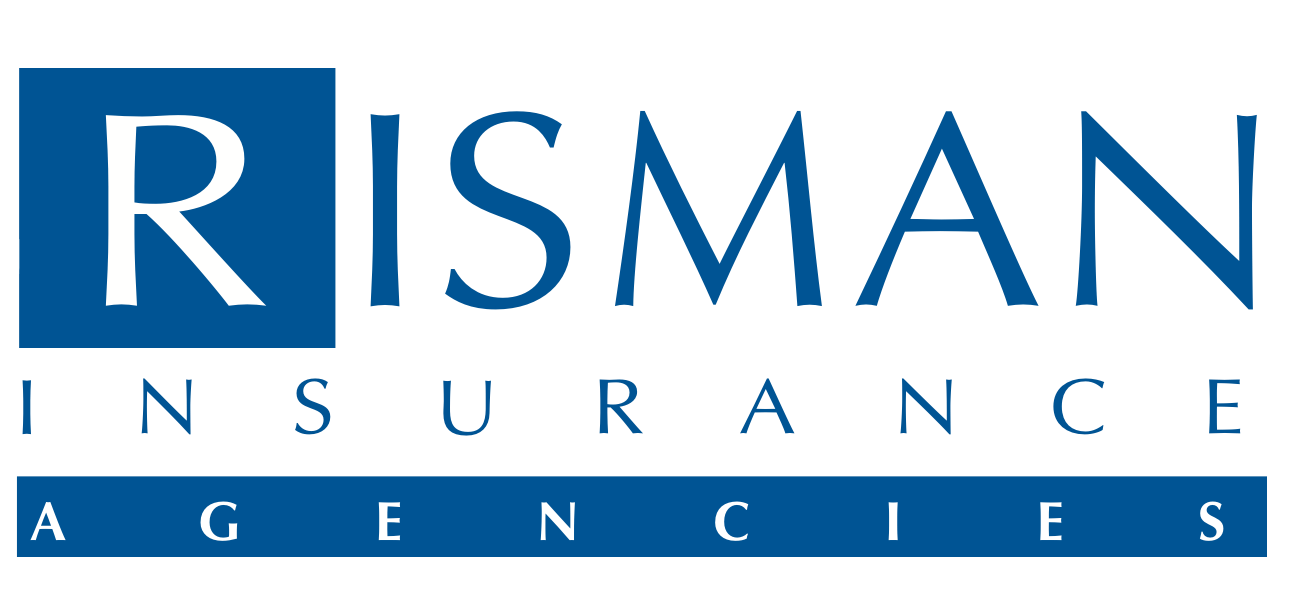Ensuring your valuable items are adequately protected is essential, and one of the best ways to do this is by scheduling them in your insurance policy. Here, we’ll explore the benefits of scheduling valuable items, the differences between agreed value, scheduling, and blanket coverages, and provide insights into how each type of coverage works.
What Does It Mean to Schedule Valuable Items?
Scheduling valuable items involves adding them individually to your insurance policy with a specific amount of coverage for each item. This approach provides comprehensive protection beyond the standard coverage limits in a typical homeowners policy. Common items that are often scheduled include:
- Jewelry
- Furs
- Fine arts
- Musical instruments
- Silverware
- Rare coins and stamps
Benefits of Scheduling Valuable Items
- Enhanced Coverage: Scheduled items receive higher coverage limits than the standard personal property coverage in a homeowners policy. This ensures that in case of a loss, the items are covered for their full appraised value.
- All-Risk Protection: Scheduled items often receive all-risk protection, meaning they are covered for a wide range of risks, including accidental loss or damage, which might not be covered under standard policies.
- No Deductible: Typically, scheduled items are covered without a deductible, providing full reimbursement for any covered loss.
- Agreed Value: When items are scheduled with an agreed value, you and your insurer agree on the item’s value at the time of scheduling. In case of a total loss, this agreed value is paid out, ensuring there are no disputes over the item’s worth.
Understanding Agreed Value, Scheduling, and Blanket Coverages
Agreed Value Coverage
Agreed value coverage means that both the insurer and the insured agree on the value of an item when the policy is written. In the event of a loss, this agreed amount is paid out. This type of coverage is particularly beneficial for high-value items whose value is well-documented, such as fine art or rare collectibles.
Scheduling Coverage
Scheduling involves listing individual items on your policy with specified coverage limits. This method offers tailored coverage for each item, often including broader protection than the general personal property coverage.
Key Points:
- Items are listed separately with their own coverage limits.
- Offers comprehensive coverage, often including accidental loss.
- Typically, no deductible applies to scheduled items.
Blanket Coverage
Blanket coverage provides a collective coverage limit for a group of items without listing each one individually. While this can be simpler and less costly, it may not offer the same level of detailed protection as scheduling. Additionally, per item maximum limits can apply, making this not a great option for higher value items or larger collections.
Comparing Coverage Types
Let’s compare the key features of agreed value, scheduled, and blanket coverages:
| Feature | Agreed Value | Scheduling | Blanket Coverage |
|---|---|---|---|
| Coverage Basis | Agreed value of each item | Specified limit for each item | Combined limit for grouped items |
| Premium Cost | Higher | Moderate | Lower |
| Detailed Protection | Yes | Yes | Limited |
| Itemization Required | Yes | Yes | No |
| All-Risk Protection | Often | Often | Sometimes |
| Deductible | None | None | May apply |
Scheduling valuable items in your insurance policy is a prudent step to ensure they are fully protected. By understanding the differences between agreed value, scheduling, and blanket coverages, you can make informed decisions that best suit your needs. Whether it’s the assured value of an agreed value policy or the simplicity of blanket coverage, choosing the right protection for your valuables will provide peace of mind and financial security.
Disclaimer: Endorsements and coverages can vary by insurance company. For additional information, contact your agent or click here to request a quote.

Recent Comments